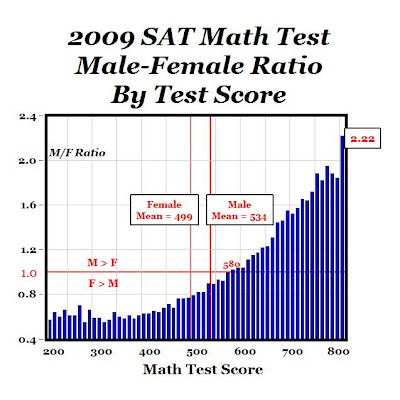Steven E. Landsburg has argued in his book Fair Play and now on his new blog that it’s generally acceptable (morally and legally) for tenants to discriminate against landlords, and workers to discriminate against employers, but not vice-versa.
Here's how he explains it in Fair Play:
Let me illustrate with a stylized example economists love so much. Mary owns a vacant apartment; Joe is looking for a place to live. If Joe disapproves of Mary's race or religion or lifestyle, he is free to shop elsewhere. But if Mary disapproves of Joe's race or religion or certain aspects of his lifestyle, the law requires her to swallow her misgivings and rent the apartment to Joe.
Or: Bert wants to hire an office manager and Ernie wants to manage an office. The law allows Ernie to refuse any job for any reason. If he doesn't like Albanians, he doesn't have to work for one. Bert is held to a higher standard: If he lets it be known that no Albanians need apply, he'd better have a damned good lawyer.
These asymmetries grate against the most fundamental requirement of fairness--that people should be treated equally, in the sense that their rights and responsibilities should not change because of irrelevant external circumstances. Mary and Joe--or Bert and Ernie--are looking to enter two sides of one business relationship. Why should they have asymmetric duties under the antidiscrimination laws?
When the law is so glaringly asymmetric, one has to suspect that the legislature's true agenda is not to combat discrimination on the basis of race, but to foster discrimination on the basis of social status. By holding employers and landlords to a higher standard than employees and tenants, the lawmakers reveal their underlying animus toward employers and landlords.
We've heard a lot--and I suspect more than enough (in the sense that nobody any longer has anything new to say on this subject)--about reverse discrimination, where the law distinguishes unfairly between blacks and whites. But we've heard far too little about sideways discrimination, where the law distinguishes unfairly between, say, landlords and tenants.
More recently on his blog:
If you don’t want to live in an Albanian-owned building or an work for an Albanian employer, that’s your right (no matter how strongly we might strongly disapprove of your attitude). By analogy, then, it might seem that landlords and employers should have the same right to discriminate.
Now clearly the situation is not that simple; landlords and employers are not the same as tenants and employees. But the question is: Are they not the same in any way that is morally relevant? The most frequently cited difference (in my experience) is that landlords and employers tend to have more market power than tenants and workers. Putting aside the question of whether that’s true, it can’t possibly be a full justification for treating landlords and employers differently, and here’s why: There are plenty of instances where we don’t think that market power takes away your right to discriminate. Extremely attractive people have a lot of power in the dating market, but I think it’s safe to say that almost nobody thinks the most beautiful among us should be forced to date Albanians, or to prove that they choose their partners according to some objective criterion other than national origin.
So if you think it’s OK for tenants to discriminate but not landlords, you’ve got to face the question: What is the ethically relevant distinction here? It’s clearly not market power, so what, if anything, is it? I do not deny that there might be a good answer to that question, but I must admit I can’t imagine what it would be.
MP: I presented this dilemma in an economics class once about ten years ago at the University of Michigan-Flint to provoke some discussion on the economics of discrimination, and made the mistake of using blacks in the example instead of Albanians, and was accused by a black student of being racist - the emails and anti-racist literature that I received went on for several weeks. It reminds of the Norwegian proverb "Experience is the best teacher, but the tuition is high."


































